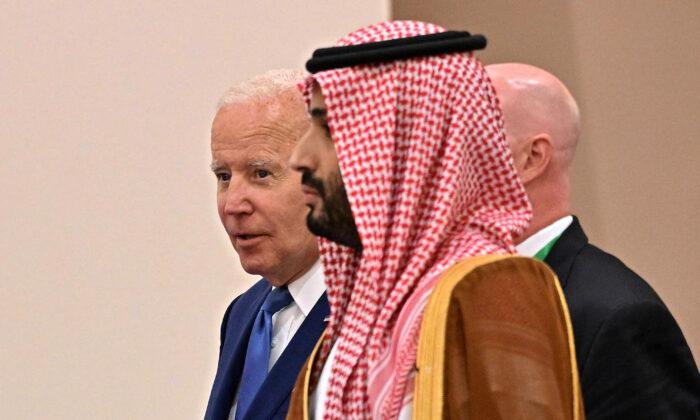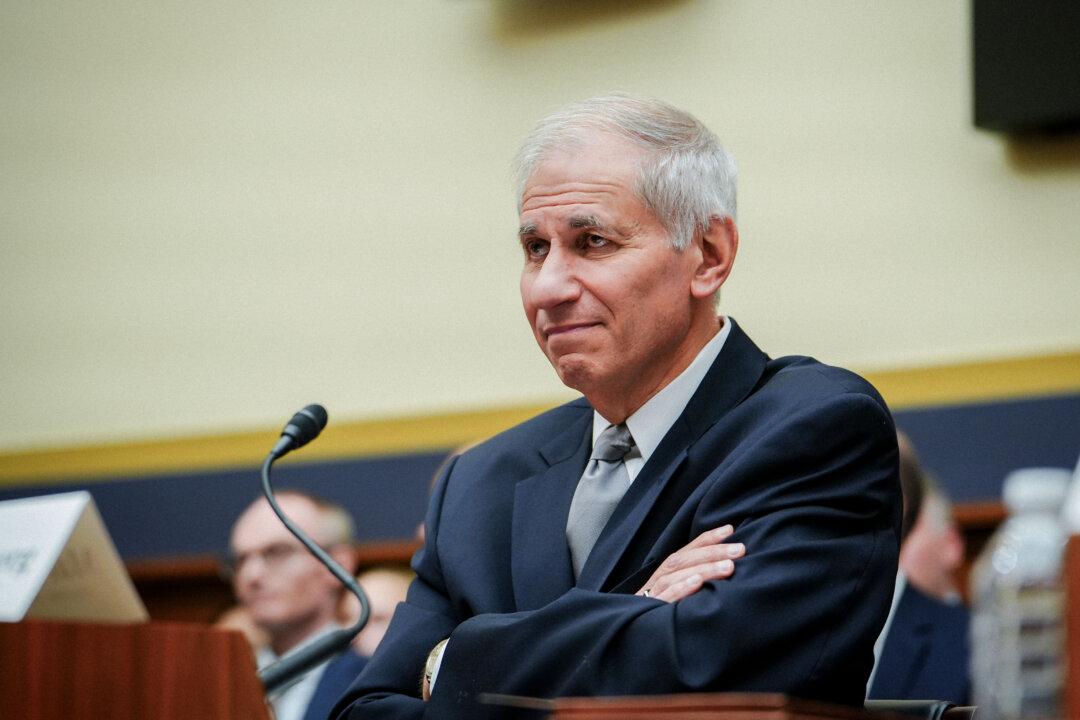Beijing dumped more than $11 billion in Treasury securities to $835.4 billion, down by 1.3 percent month-over-month and 11 percent year-over-year. This is the lowest total since the middle of 2009.
Riyadh trimmed its U.S. debt holdings by more than $3 billion to $108.1 billion, down by nearly 3 percent from May and more than 9 percent from the same time a year ago. Since the beginning of 2020, the Saudis have slashed their Treasury stockpiles by more than 41 percent.
Other notable countries to decrease their Treasury holdings were India ($3 billion), Brazil ($3 billion), and the United Arab Emirates ($4 billion).
But not everyone was a seller in June.
Japan picked up nearly $10 billion in U.S. debt, although its stockpiles are down by 10.3 percent year-over-year at $1.105 trillion. The list of countries to add to their Treasury piles includes Canada ($5 billion), the UK ($12 billion), France ($7 billion), and Israel ($7 billion). Ukraine scooped up more than $2 billion, lifting its year-over-year purchases by nearly 166 percent to $21.8 billion.
In total, foreign holdings of U.S. government debt stood at $7.563 trillion in June, up by 0.5 percent from the previous month. This was also up by 2 percent from June 2022.

Although experts agree that it’s unlikely to happen anytime soon, if more nations shed their Treasury security holdings, it could result in lower demand for U.S. debt and higher interest rates. This makes it costlier for the federal government to borrow money to pay its bills and would diminish the dollar’s value.
Geopolitical Shifts and Asset Allocation
Economists have provided several reasons why China, Saudi Arabia, and other governments are reducing their exposure to U.S. Treasurys.Since the Federal Reserve started its quantitative tightening cycle in March 2022, interest rates have climbed to their highest levels in more than two decades. Minutes from the July Federal Open Market Committee suggest that officials are open to more rate hikes amid “significant upside risks to inflation.” If rates continue to increase, this will result in lower bond prices. As a result, investors might want to decrease their holdings before prices trend lower.
In addition to the central bank’s effect on the bond market, the current tightening cycle has strengthened the U.S. dollar, allowing it to trade above pre-pandemic levels. This has also effectively weighed on other currencies and depreciated their purchasing power, particularly for countries that are net importers.
Another assertion is that countries are diversifying their assets at a time when the U.S. government is experiencing fiscal challenges, and nations are engaging in de-dollarization campaigns.
Saudi Arabia’s total reserves were $478.23 billion last year, down from the 2014 peak of $744.44 billion, according to the IMF. Chinese reserves were $3.31 trillion in 2022, slightly down from the 2014 peak of $3.9 trillion.
For Riyadh, the decline in its Treasury holdings is another indicator of its pivot away from the United States and toward Asia. The Saudi Kingdom has been bolstering its economic, energy, and security cooperation with China, a development that experts contend threatens U.S. interests.
Over the past 18 months, Saudi leadership has expressed a willingness to trade in currencies other than the greenback. This has encouraged Gulf states and other major markets to join the anti-dollar crusade and enhance regional trade.







